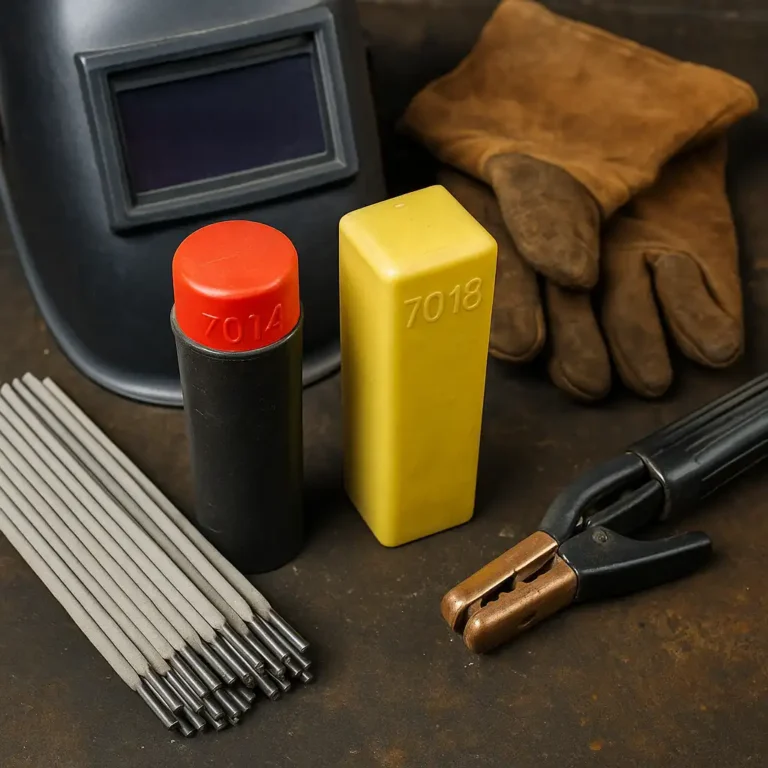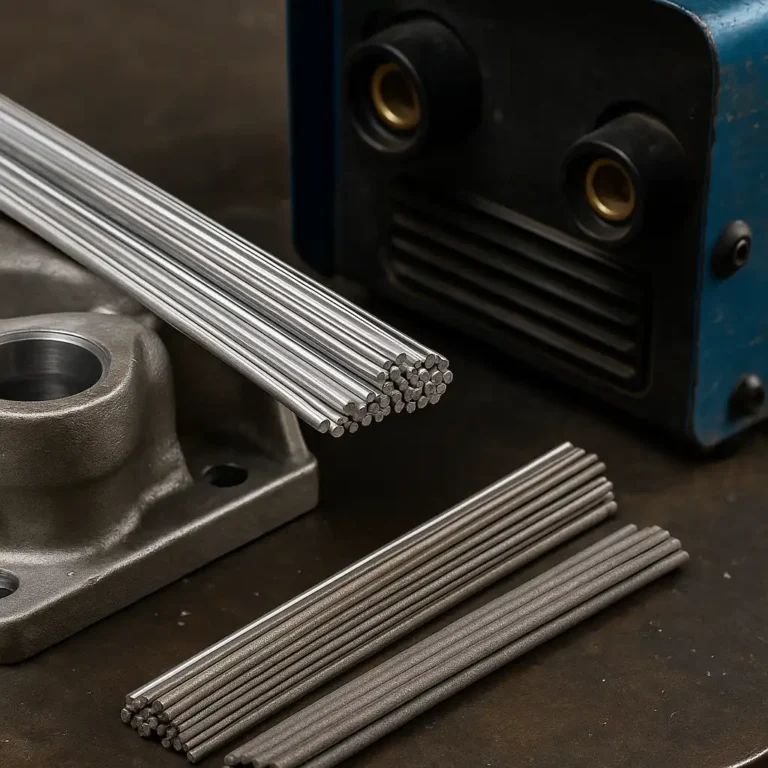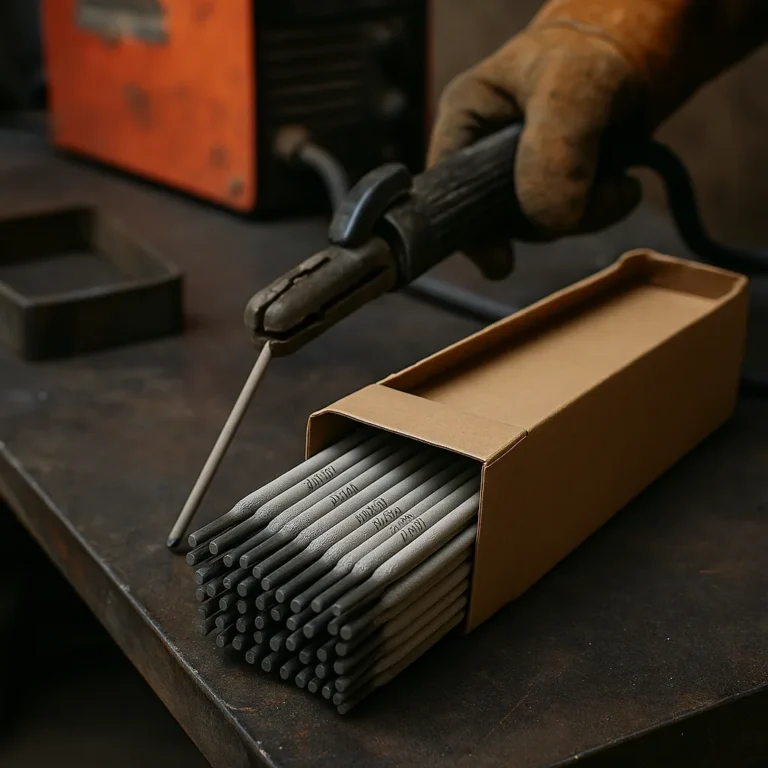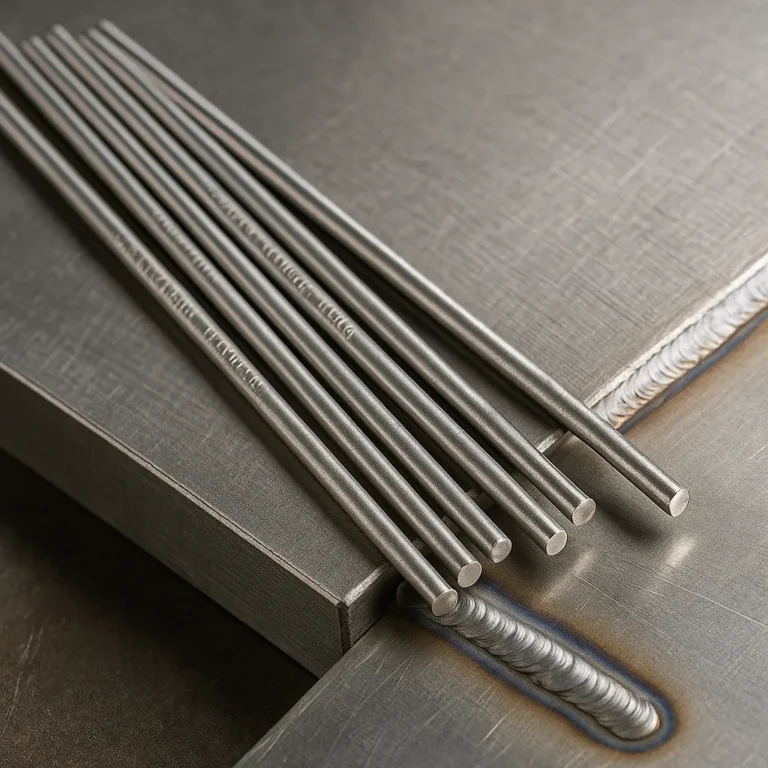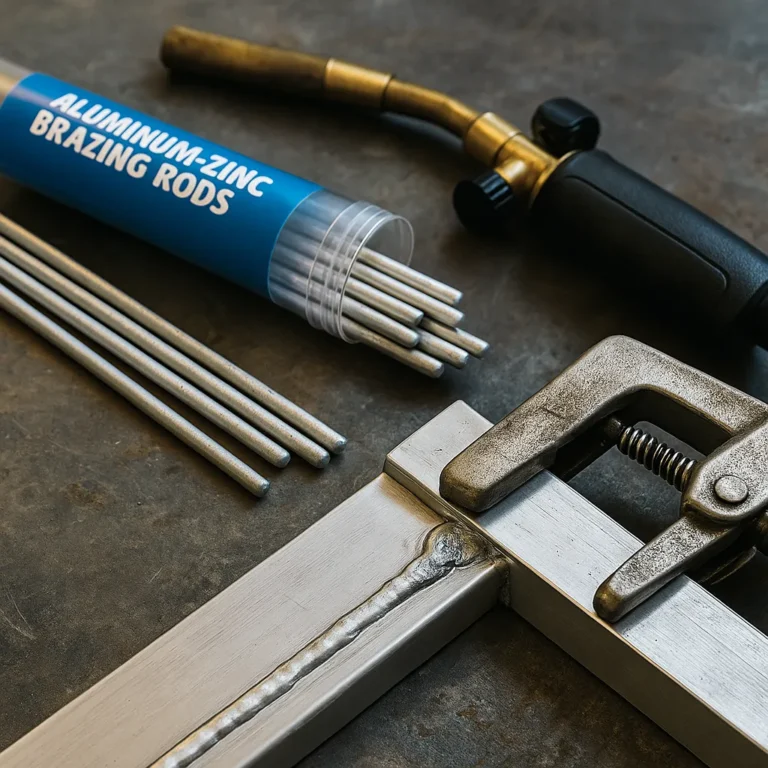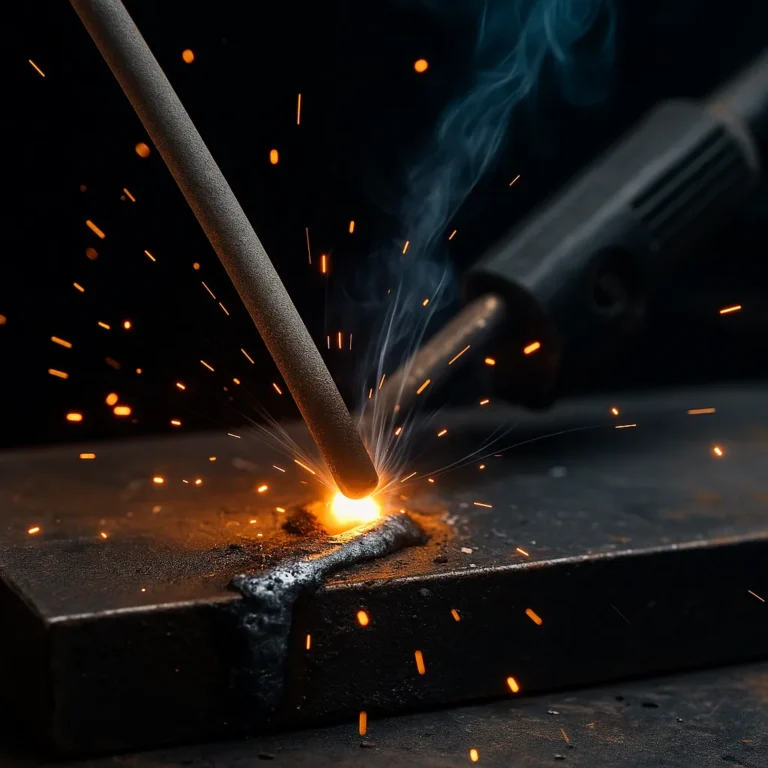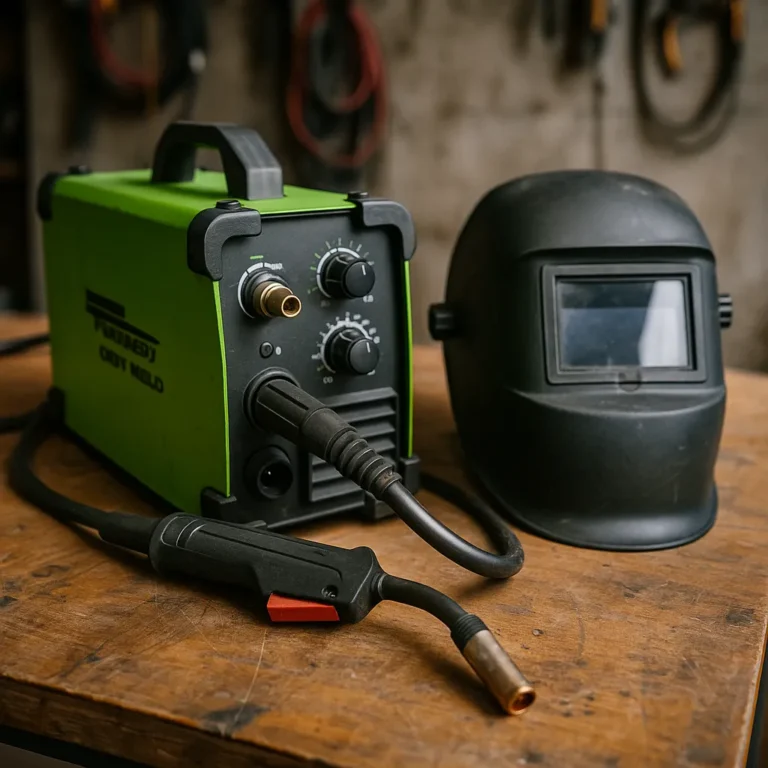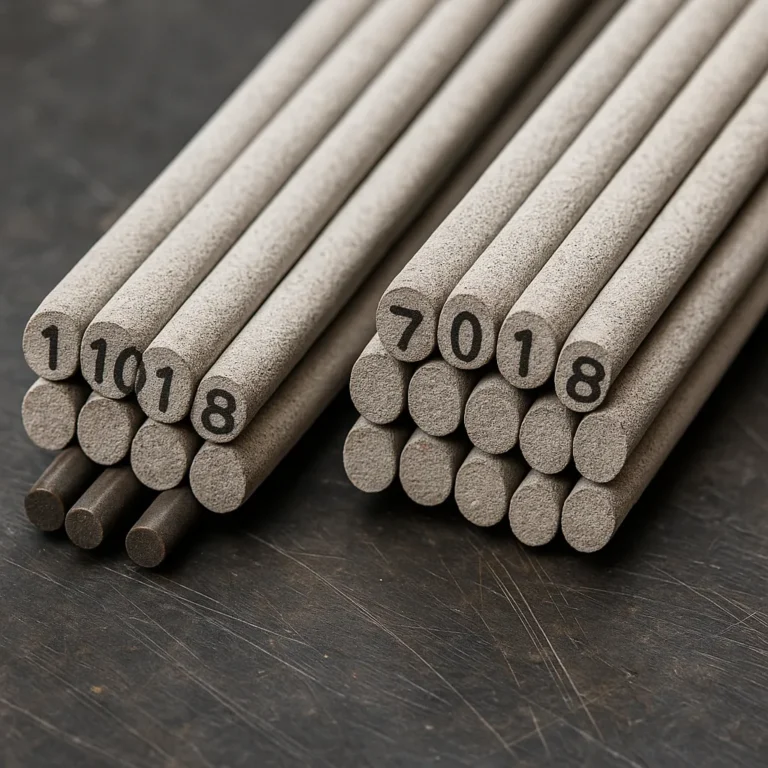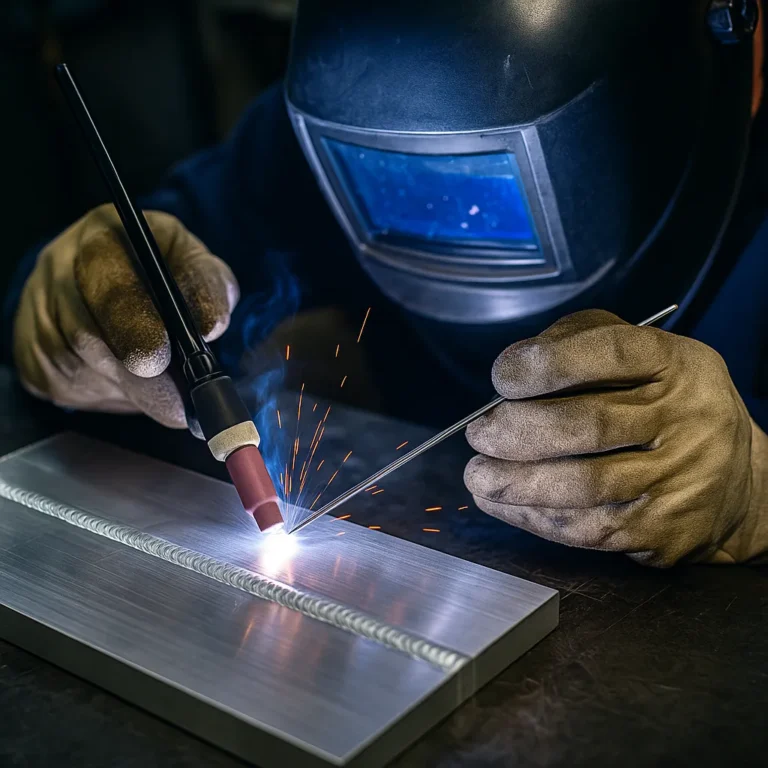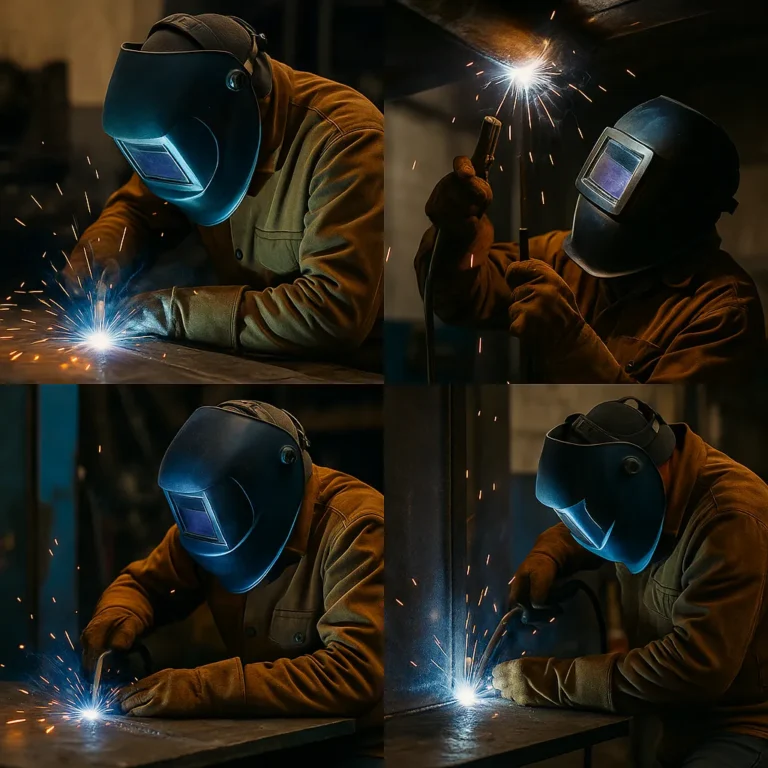7014 vs 7018 Welding Rod – Key Differences and Best Uses
Last Updated: September 11, 2025 The 7014 vs 7018 welding rod debate is common in stick welding. Both are reliable, but they serve different jobs. Knowing when to grab 7014 and when 7018 is required will keep your welds strong, clean, and inspection-ready. 👉 If you want the bigger picture, our overview of the best…

